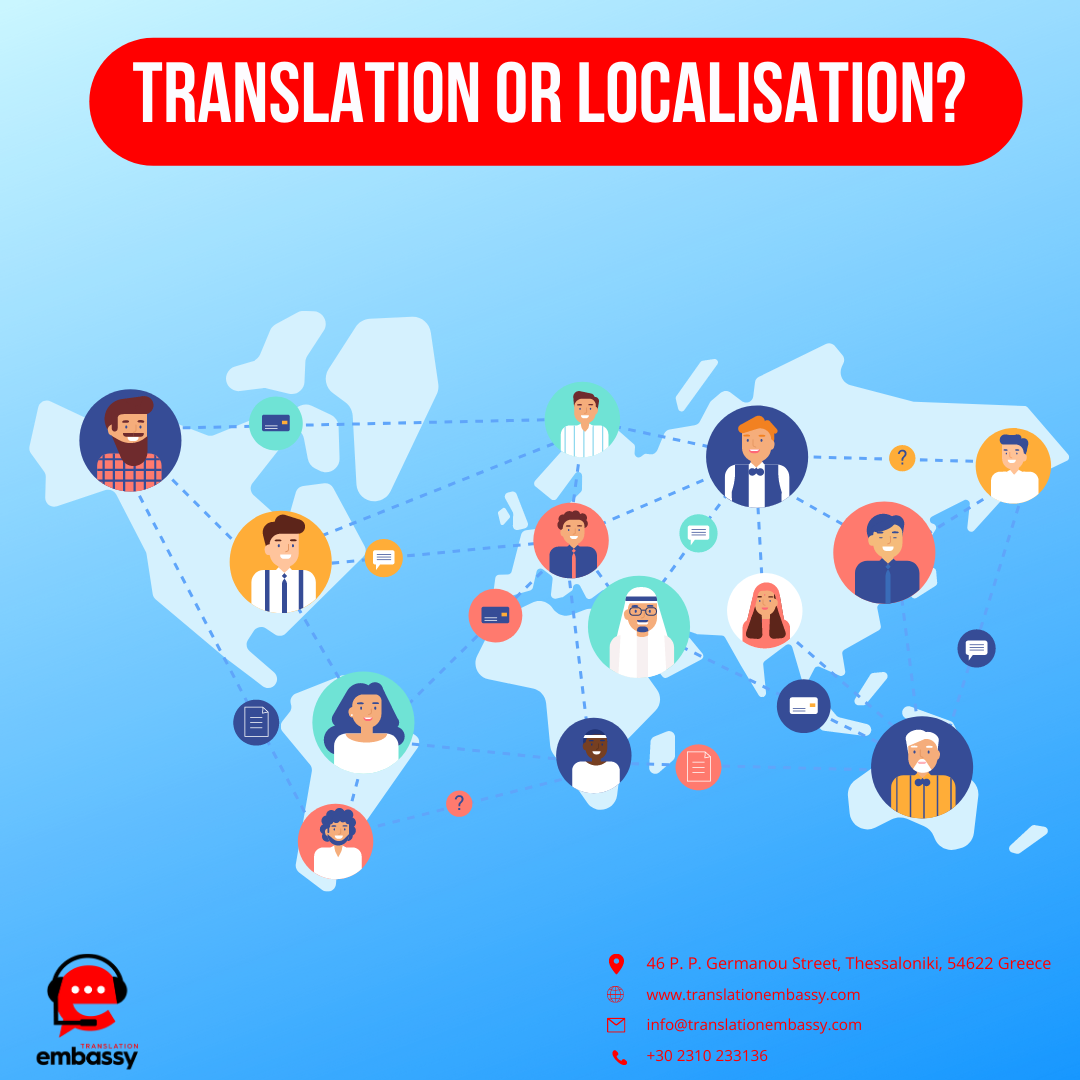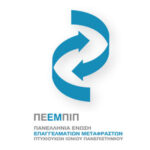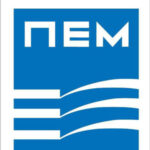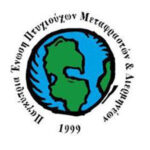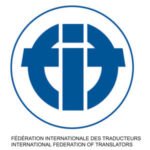By Nanette Agrafioti
Are you a business that wishes to expand its activity abroad? In this case, the first thing that probably comes to mind is the translation of your website and social media content, campaigns in foreign languages and promotional messages aiming at another country’s audience. In today’s globalised market effective communication with possible buyers of other counties and cultures is of the outmost importance. As businesses expand their activities internationally, the need for culturally appropriate linguistic adaptation plays a key role. For this purpose, translation and localisation are the two basic strategies for transmitting messages. Although these terms are used interconnectedly, they represent different approaches for adapting content. In this article we will discuss the difference between localisation and translation, focusing on localisation’s wider scope of application. Moreover, we will highlight the special role translators play in the process of localisation, as their deep knowledge of another country’s culture and language makes them invaluable tools when trying to bridge cultural gaps.
Translation: Transferring meaning between different languages
Translation is the process of rendering a text from one language to another while keeping the original meaning. It focuses on transferring linguistic elements, such as meaning, words, phrases and sentences with accuracy, clarity and fidelity to the original text. Although translation also takes into account the target audience’s cultural nuances, it cannot deviate substantially from the source text’s meaning. If information is added to the original text or removed from it during the translation process, this is considered a major error and the translator gets corrected by the reviewer. In short, translation does not focus on adapting the original text to the target audience and this could mean barriers for your promotional campaign. For example, when a text must be transferred from English to Spanish, as translators we will take into consideration if the target audience is people from Spain or Latin America. We must know the differences in linguistic elements and adapt the translation accordingly. Nevertheless, apart from differences in language, there are also differences on a cultural and pragmatological level, for example in customs and traditions. This means that the changes that must be applied to the text go beyond the limits of translation and require a different approach with more freedom in order to achieve a campaign’s purpose.
For this reason you need a broader strategy, which will adapt your promotional text to the specific local preferences, habits, trends and characteristics before even the translation begins. This strategy is localisation.
Localisation: adapting content for specific target markets or cultures
Localisation expands beyond simple translation and aims to ensure that the adapted content appears as if originally made for the specific target audience. This offers a smooth and culturally appropriate experience for the end user. It not only includes the translation of linguistic elements but also the content’s adaptation to the target culture, ensuring that it fits the local customs, beliefs and preferences. This means that all elements of the content, such as visual media (pictures, videos), symbols, colours, currencies, measuring units etc. are taken into account.
Let’s see some examples from our personal experience that highlight the difference between translation and localisation:
- While translating a hotel’s website from Greek to Turkish, the original text mentions the availability of a banquet hall for celebrating baptisms. As professional translations with a deep knowledge of the Turkish culture, we realised that this specific message doesn’t concern the Turkish audience, as baptisms are not part of Turkey’s religion and culture. Therefore, although there is a Turkish translation for the word “baptism”, we advised the client that it is preferable to replace it with an event that is relevant to the Turkish audience, such as circumcision. As a result, the end reader of the text will find it easier to identify themselves with your offer and in this way the chances of them choosing the specific hotel for their event are increased.
- In a promotional text for a Swiss chalet the original text invites customers to drink warm wine outside in the snowy surroundings. This activity is not familiar to the Greek audience, especially for people of older generations with the financial capacity to visit chalets in Switzerland. By applying the strategy of localisation we were able to adapt the original text in order to make it more enticing for Greek customers: invitation for warm chocolate beside the fireplace and additionally for anyone that wishes to experience local habits there is the option for warm wine outside in the snow.
- As already mentioned above, the strategy of localisation includes the processing of multimedia. A multinational company often follows a different strategy depending on the country it addresses. For example, in translations of promotional campaigns we noticed that a furniture company in the USA used photos of young people, both men and women, alone in their home enjoying their furniture, while the corresponding images in Arab countries presented families with children.
- Another example of localisation: if a campaign targets Asian countries, one way to adapt the content to local audiences is using Asian actors or models in promotional videos as well as the local currencies.
WHY MACHINE TRANSLATION IS NOT ENOUGH
We see that localisation is basically the way of creating complete strategies that take into consideration both the elements of a promotional text and the local cultural peculiarities in order to help a company connect more effectively with international clients and establish a powerful local presence.
Machine translation cannot offer this service, i.e. understanding context and culture. Moreover, machine translation systems are not specialised in language and each individual subject and the translation they offer is literal, without capturing the nuances and special features of each target audience. Machine translation tools are not capable of applying the creativity and flexibility of translators, both necessary factors in order for the promotional text to be an appealing and exciting experience for the end consumer.
WHY CHOOSE PROFESSIONAL TRANSLATORS
Machine translation cannot reproduce the cultural understanding, linguistic experience, adaptation skills, creativity, quality assurance and knowledge of a subject that translators offer. These unique skills make translators necessary for achieving correct localisation techniques. Investing in the right management of the effort to expand in international markets ensures that you will have the biggest profit possible. Translators have deep knowledge of the countries where their working languages are spoken, they can offer valuable advice to marketing and sales specialists and help them form a company’s strategy.
If your company wishes to expand its horizons and address foreign markets you can contact us to see how we can help you realise this plan in order to achieve the best possible profit for you. Our team has broad experience in translation and localisation of promotional texts and campaigns.
———————————————————————————————————-
Nanette Agrafioti holds a degree in Translation from the Ionian University and a Master’s degree in Translation of specialised texts from the Aristotle University of Thessaloniki. She has also studied at universities in England, Ireland and Spain. She frequently attends seminars in various current fields in order to broaden her knowledge and keep up to date with developments in the field of translation and beyond. She has been working as a freelance translator and editor since 2014 and as an in-house translator at Translation Embassy. Since 2013 she lives permanently in Thessaloniki and visits her family in Germany at every opportunity.

